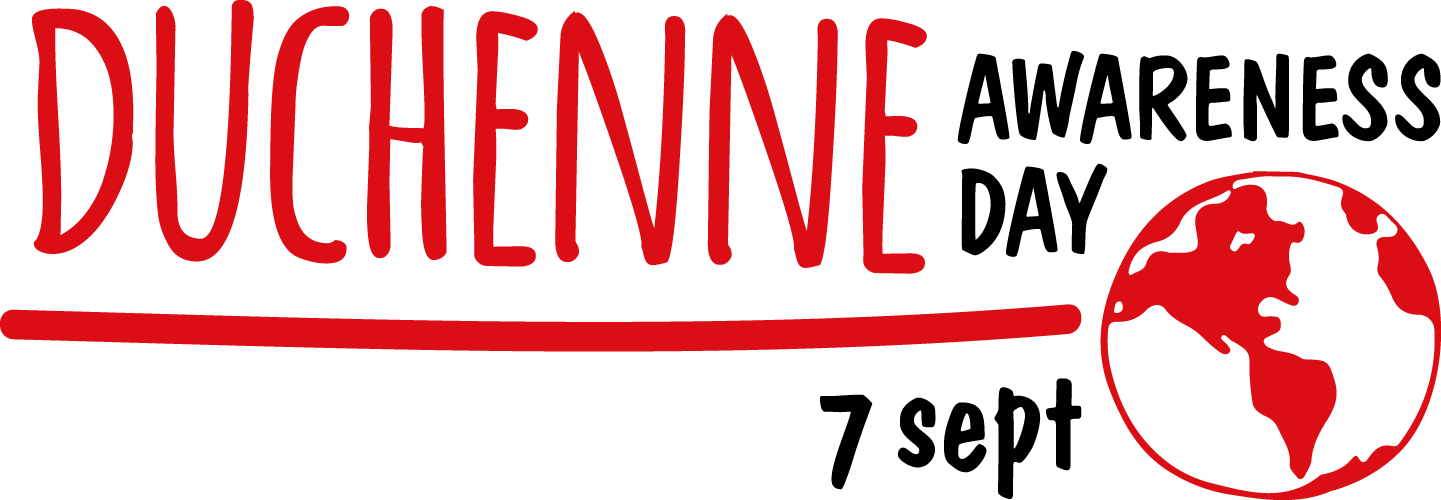Free Courses Sale ends Soon, Get It Now


Free Courses Sale ends Soon, Get It Now



Copyright infringement not intended
Picture Courtesy: www.worldduchenneday.org
Context: World Duchenne Muscular Dystrophy Day, observed on September 7th each year, serves as a vital platform to raise awareness about Duchenne muscular dystrophy and support initiatives aimed at improving the lives of individuals affected by this debilitating condition.
Details
Duchenne Muscular Dystrophy (DMD)
Origin
Symptoms
Impact
Challenges associated with DMD
Way Forward
Summary
|
PRACTICE QUESTION Q. Consider the following statements in the context of the Duchenne Muscular Dystrophy (DMD): 1. DMD is caused by mutations in the dystrophin gene located on the Y-chromosome. 2. Females can be carriers of the mutation but are less likely to show symptoms. 3. There is no cure for DMD. How many of the above statements is/are correct? A. Only one B. Only two C. All three D. None Answer: B Explanation: Statement 1 is incorrect: DMD is caused by mutations in the dystrophin gene located on the X-chromosome. This gene encodes the dystrophin protein, which is essential for maintaining the structural integrity of muscle fibres. Mutations in the dystrophin gene result in the absence or deficiency of dystrophin. Statement 2 is correct: DMD follows an X-linked recessive inheritance pattern. This means that it primarily affects males, who have one X-chromosome and one Y-chromosome. If the X-chromosome they inherit from their mother carries the mutated dystrophin gene, they will typically manifest the disease. Females, with two X-chromosomes, can be carriers of the mutation but are less likely to show symptoms. Statement 3 is correct: There is no cure for DMD, various treatments and interventions can help manage the condition and improve the quality of life. These may include physical therapy, corticosteroids, cardiac medications, respiratory support, and orthopaedic interventions. Research into DMD is ongoing, and there are promising avenues of treatment being explored, such as gene therapies and exon-skipping drugs aimed at restoring dystrophin production or function. |
https://pib.gov.in/PressReleasePage.aspx?PRID=1956649
© 2024 iasgyan. All right reserved